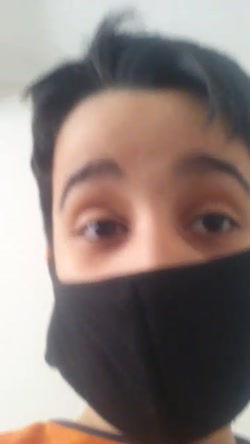

Certain areas are elevated to archetypes: Bacheh-Javadiyeh originally meant a native of a rough-and-tumble area in the far south of old Tehran.

Bacheh-Elahiyeh (a northern suburb) conjures the image of a spoiled rich kid, and bacheh-Narmak (an eastern district) a picture of someone from the working class.

More research is needed to uncover the context-dependent roles of language in perpetuating class structures in Iranian society, but perhaps this brief glossary is a start.īacheh One can add the name of most of Tehran’s neighborhoods to the term bacheh, “child,” to connote class origins.

The list is by no means comprehensive and it tilts toward Tehran, or Tehroon, as the name of the capital (and, often, the long a sound in other words) is rendered in colloquial Persian. The handful of examples below illuminate the complexities at play. Every word opens a window for the study of power. In today’s Iran, as anywhere else, sarcasm and wordplay can be ways to express social critique or ways to reinforce inequality and domination. The post-revolutionary reconfiguration of social relations continues to play out in everyday speech. Some terms are self-evident in meaning and others idiosyncratic.Ī class-related vocabulary, furthermore, was developed in the oppositional discourses of the 1960s and 1970s, adapted to the rhetoric of the 1979 revolution and then partially transferred into official language under the Islamic Republic. Some phrases refer directly to occupation or rank, but many operate through gendered, geographic, ethnic or racialized codes or invoke lifestyle, physical appearance, patterns of consumption and behavior in public space. Every day, it seems, an infectious set of phrases appears that make yesterday’s seem embarrassingly antiquated. Some class-related terms can be traced back to medieval times, whereas others are of modern vintage, the linguistic legacy of television shows, pop songs, social media memes or street vernacular. With idioms and metaphors, Iranians can identify and situate others, and thus themselves, within hierarchies of social status and privilege, both real and imagined. Persian, like any other language, is laced with references to class, both blatant and subtle.


 0 kommentar(er)
0 kommentar(er)
